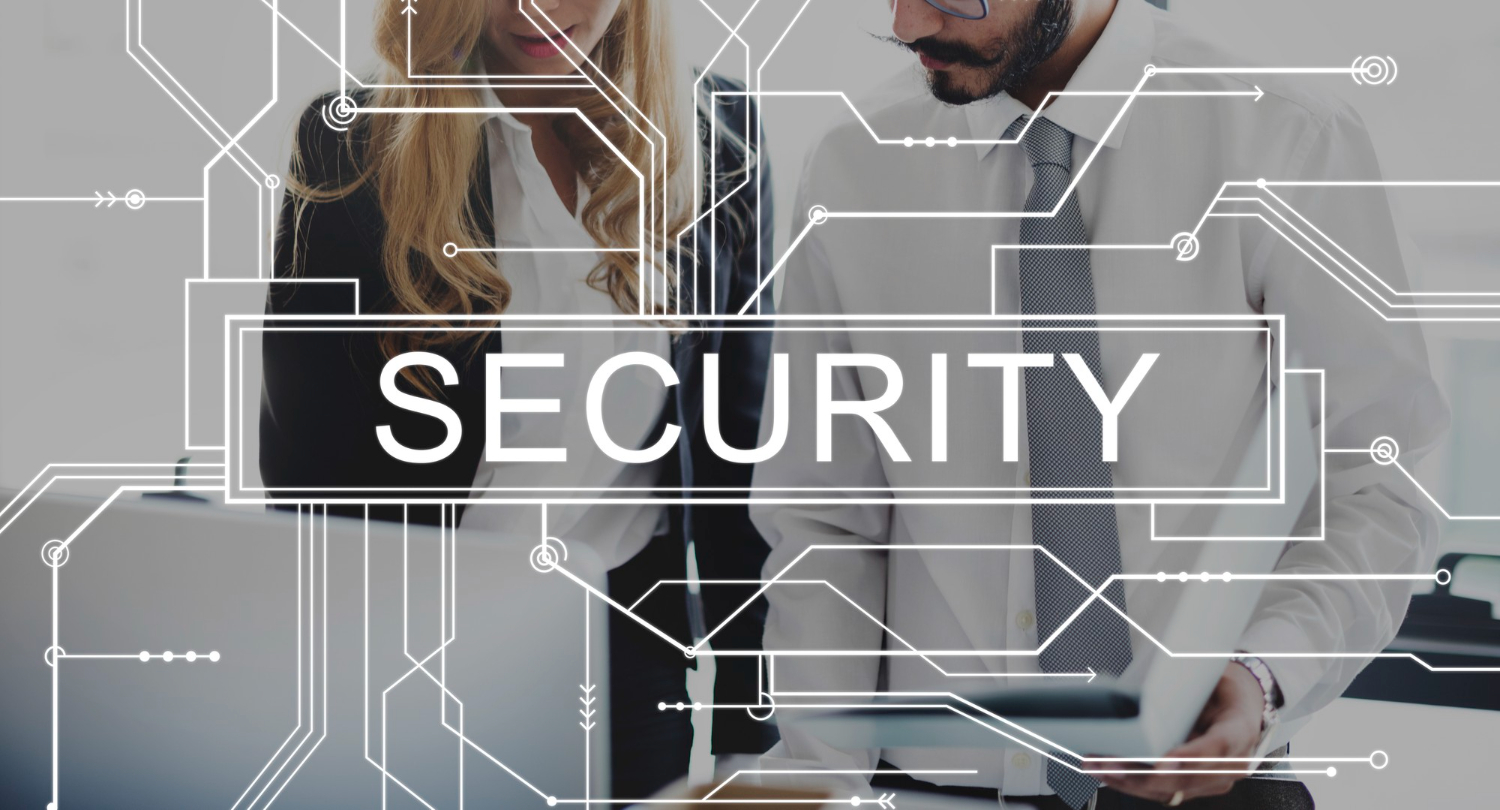Creating a Culture of Security: Empowering Your Workforce
 The modern business ecosystem demands a comprehensive approach to security, where both digital and physical aspects are considered. As we delve into this journey, we’ll explore how cultivating a security-conscious culture becomes a vital component in safeguarding your assets. In this security dance, one term plays a pivotal role: the electronic lock.
The modern business ecosystem demands a comprehensive approach to security, where both digital and physical aspects are considered. As we delve into this journey, we’ll explore how cultivating a security-conscious culture becomes a vital component in safeguarding your assets. In this security dance, one term plays a pivotal role: the electronic lock.
Table of Contents
The Foundation: Employee Education
The journey toward cultivating a secure environment begins at the very heart of your organization—with your employees. This foundational step is a non-negotiable imperative. It involves an immersive process of educating your workforce about the nuances of security. Through targeted education, employees are not merely informed; they become well-versed guardians of your organization’s safety. Empowered with knowledge, they gain the ability to discern and thwart potential security threats. This investment in education transcends a mere compliance checklist; it becomes the bedrock of a robust and proactive security-conscious culture.
The process of arming your employees with knowledge is more than just a one-time initiative; it’s an ongoing commitment. This continuous education serves as an invaluable asset in the relentless battle against potential breaches. It fosters a heightened sense of responsibility among your workforce, making them active contributors to the protection of your digital and physical assets. As the custodians of this security-conscious culture, employees play a vital role in fortifying your organization against evolving threats.
Cultivating Awareness
Moving beyond the initial phase of education, the cultivation of awareness among employees represents the point where the security-conscious culture truly takes root. This goes beyond the acquisition of knowledge; it transforms into a vigilant sentinel that stands guard over your premises. The awareness cultivated within your workforce becomes a proactive force against potential security threats. Successful organizations exemplify how this culture of awareness significantly contributes to the overall effectiveness of security measures, creating a robust defense mechanism against a spectrum of potential risks.
The process of cultivating awareness is not a passive exercise. It involves instilling a sense of responsibility and ownership among employees. This culture of awareness becomes an intrinsic part of your organizational fabric, shaping how your workforce perceives and responds to security challenges. Through real-world examples, the article will showcase instances where heightened awareness among employees has played a pivotal role in averting security breaches. The journey from education to awareness is transformative, turning your employees into proactive guardians of your organization’s security.
The Symbiosis: Physical and Digital Security
A security-conscious culture bridges the gap between physical and digital security. It’s not just about codes and passwords; it’s about creating an environment where your workforce actively participates in safeguarding your organization. Access control systems, such as the electronic lock, play a crucial role in promoting physical security. Real-world scenarios underscore how employee awareness contributes to the effectiveness of these security measures.
The Human Firewall
Consider your employees as the “human firewall” against cyber threats. Empowering them to actively participate in the protection of digital assets becomes a key strategy. Success stories of companies with a strong security culture often highlight how employees, armed with knowledge, become the first line of defense against digital threats.
The Role of Leadership
Leadership sets the tone for the entire organization’s commitment to security. Whether it’s through regular communication about the importance of security or the implementation of security initiatives, leadership plays a crucial role. Examples of leadership initiatives that promote security awareness showcase how this commitment permeates throughout the organization.
Building a Security-Conscious Culture: Challenges and Solutions
Building and maintaining a security-conscious culture comes with challenges. From overcoming resistance to change to addressing employee skepticism, organizations must navigate potential hurdles. However, a proactive approach, coupled with practical solutions, ensures that the security culture evolves to meet emerging threats.
Wrap Up
Creating a security-conscious culture within your organization is not just a checklist item; it’s a strategic imperative. As we navigate the intricacies of digital and physical security, the term enhancing business security becomes our guiding principle. This holistic approach, integrating access control systems like the electronic lock and fostering employee awareness, fortifies your overall security infrastructure. Your workforce becomes the key players, actively participating in safeguarding your organization’s success. As you implement these strategies, remember that a security-conscious culture goes beyond technology—it becomes the heartbeat of your organization’s safety.









